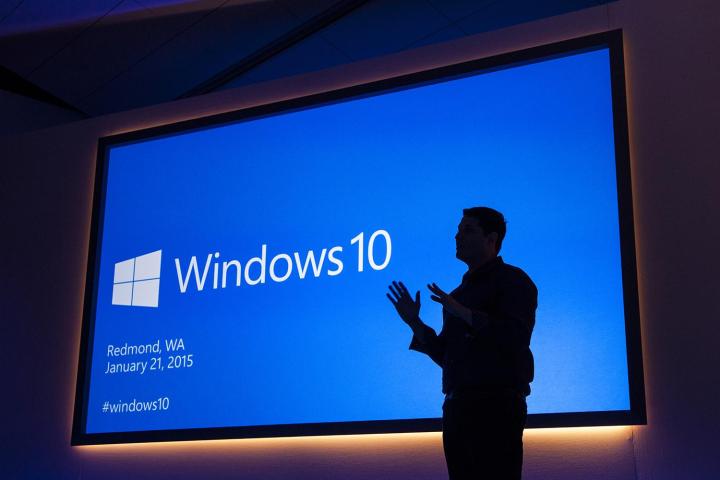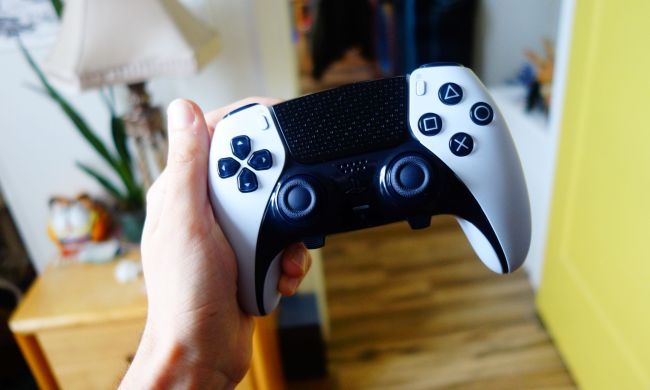
Make sure your hardware can handle it
Your first step is to check out your PC and make sure that it is ready to handle Windows 10. Not all desktop computers are up for the job, especially older models. Windows 10 is all about embracing the future, and like all new operating systems, it needs enough power and the right features to do its job. Start by taking a look at your memory and processing power. You need:
- A processor with at least 1GHz of speed behind it
- At least 1GB of RAM for 32-bit, or 2GB of RAM for the 64-bit version
- Around 20 GB of hard drive storage space (for the 64-bit version)
- Additionally, you will need to take a look at your graphics card and monitor resolution. Windows 10 needs a DirectX 9 or later graphics card with the appropriate driver, and a display that offers at least 1,024 x 600 resolution.
Nothing here is too demanding. In fact, storage aside, they’re almost identical to Windows 7. Still, if your computer has been around for quite a few years and doesn’t have much storage, you could run into problems. Hard drive space can be cleared and graphics cards can be upgraded, but honestly if you have more than one of these problems, you probably need to replace your PC with a bright, shiny Windows 10 rig – it will be more cost-effective than upgrading everything in sight.
Use the app

Microsoft, understanding that people don’t want to check every tiny specification on their PCs, has offered an app that you can download for Windows 7 and Windows 8 to make the process much, much easier. This app should have already popped up in your notification area in the bottom right of your desktop screen — you just need to click it to download. The app will “reserve” an upgrade of the new OS and make changing to Windows 10 much easier, but most importantly it will scan your current software and see if upgrading will cause any issues.
Download the latest firmware
Take a moment to search for your computer model online and see if there are any suggested firmware upgrades to get you ready for Windows 10. Usually, downloading the app and upgrading your drivers will take care of this, but in some circumstances you need to go the extra mile. This is true if you’re downloading the Windows 10 Preview, which takes some prep work when grabbing it for an older system.
If you are planning to download the latest Windows on other devices, like your Surface 3 tablet, you will also need a firmware update to prepare for that. Don’t let these necessary steps skip you by.
Use the Windows 10 Preview for quick installation

Speaking of the Windows 10 Preview, if you want to download early and experiment a bit with Windows 10, this is a good idea. The Preview is available to Windows Insiders and runs a version of Windows 10 on an older OS. Once you’re ready to download the real deal, pop your system back to the original OS and select the upgrade option. This is useful because it will save all the work and customization you may have already been doing on Windows 10.
Prepare your security
While you may be enthusiastically waiting to download the Windows 10 upgrade, your security software probably isn’t so sure. In fact, it could freak out if it senses that something is trying to overturn the entire operating system, which will stop the download dead in its tracks and may even cause worse problems.
The solution? When the day comes, uninstall all your security software, boot up Windows 10, and reinstall the software of your choice. That includes firewalls, antivirus software, and anything else you have monitoring your PC. It sounds like a pain, but it really is the easiest way to make sure everything goes smoothly.
If you really don’t want to uninstall your software (or aren’t sure how), then at least go in and turn off all the firewalls and checks so your security system will let Windows 10 hop on-board without any struggles.
Backup your data

Look, there’s always a chance something could go wrong with your big upgrade to 10, and you don’t want that to leave you with a bunch or missing or corrupted data on your desktop PC. Before you begin, save all your data with a full backup.
The early versions of Windows (7 and 8.1) come with a tool called “System Image” that is designed precisely for times like these. Head over to Control Panel and you can find it under File History. It will copy everything in the hard drive so that, if worse comes to worse, you can start back where you began. Other options like iDrive and CrashPlan let you backup via cloud services if you prefer this method.
Unplug your peripherals
Better safe than sorry – to be on the safe side, unplug all your unnecessary peripherals before downloading. You don’t need to yank your mouse cord out, but if you have a lot of connected devices like external hard drives and whatnot, shut them down and unplug them before proceeding. This helps guarantee a smoother launch. After Windows 10 is up, plug them back in one at a time and see if they need to be upgraded or reformatted.
Learn about new capabilities
Windows 10 comes with a lot of new features and opportunities. The voice assistant Cortana is now listening for commands, Microsoft Edge is the dominant browser, the Start menu has a new focus – there’s a lot to grow accustomed to. When downloading, take some time to review the new Windows features and what to expect.



